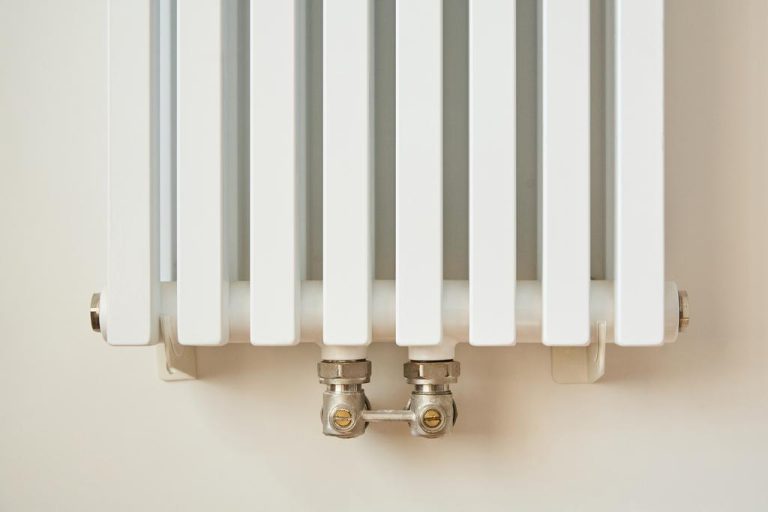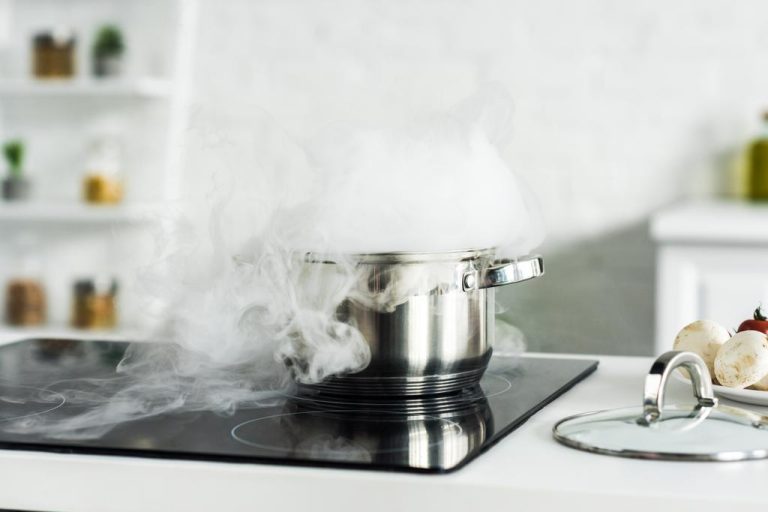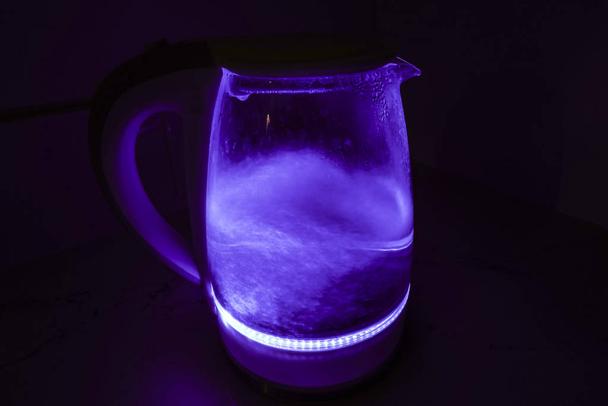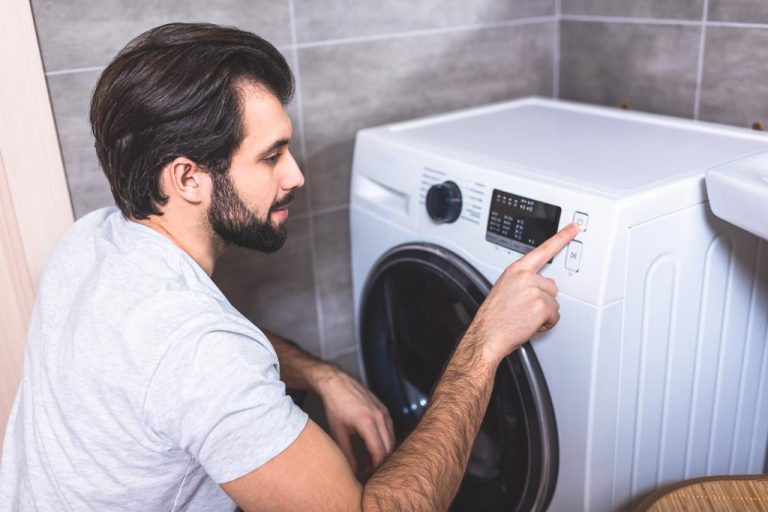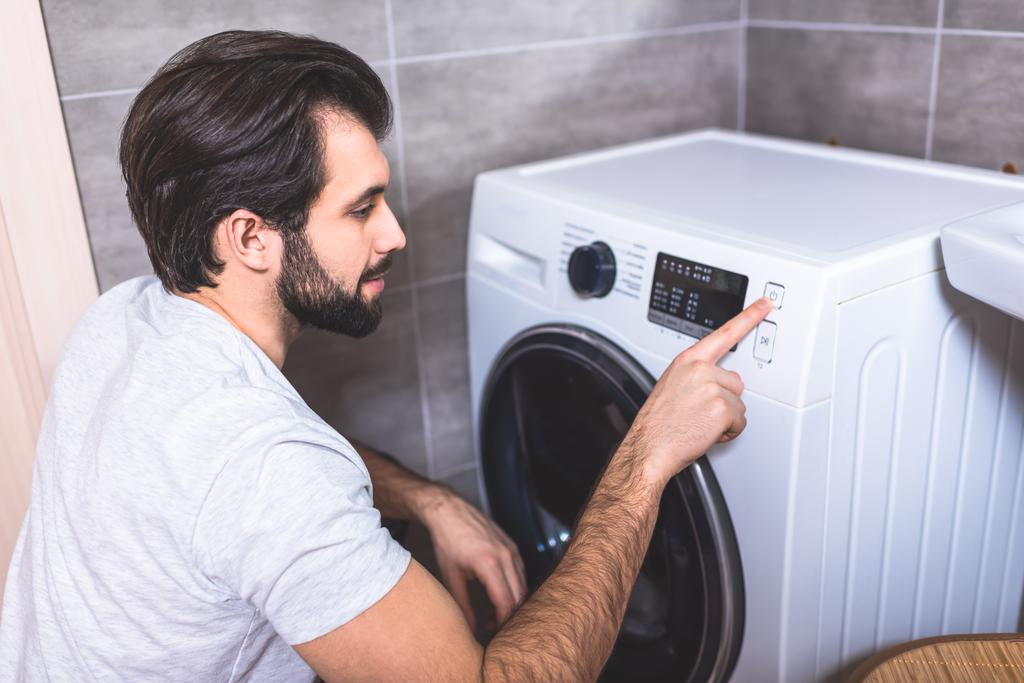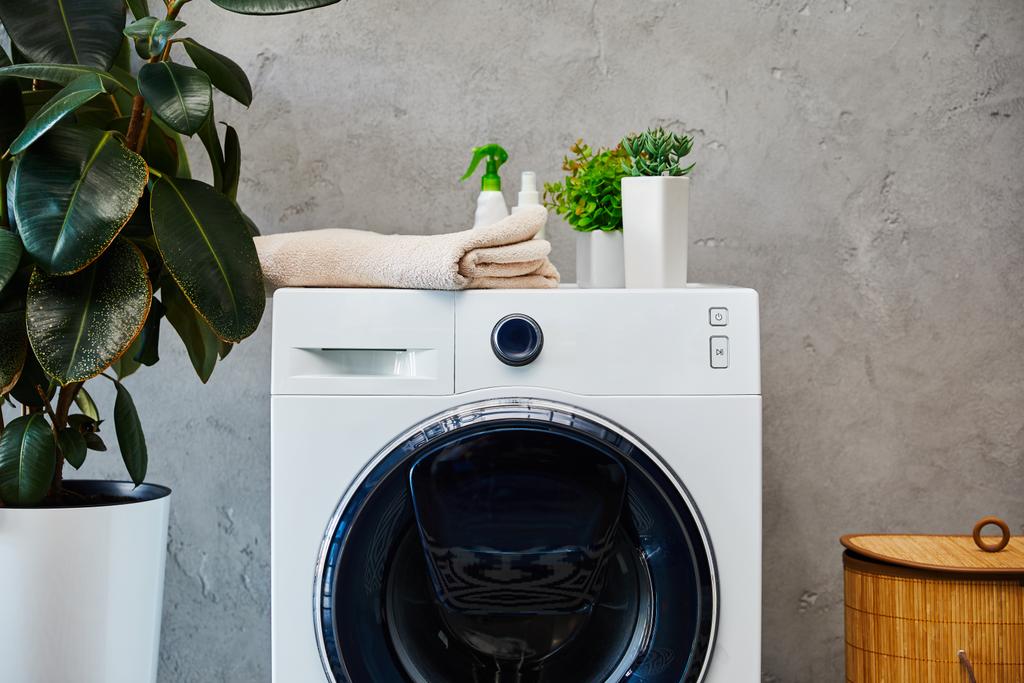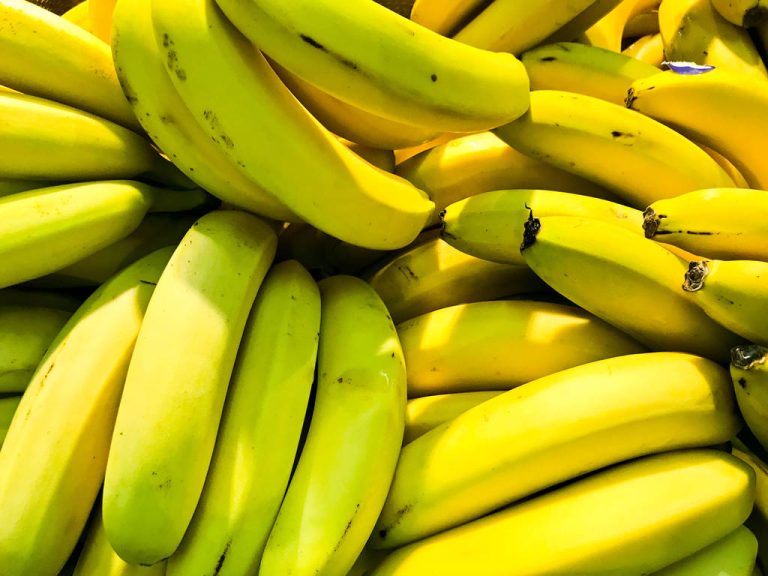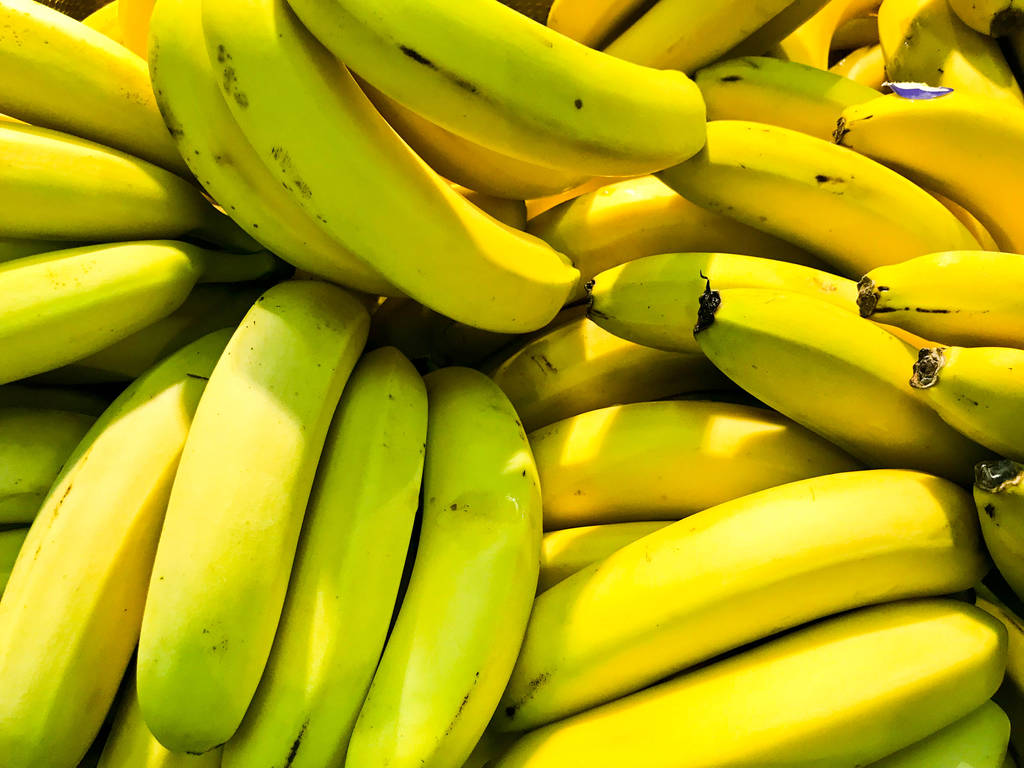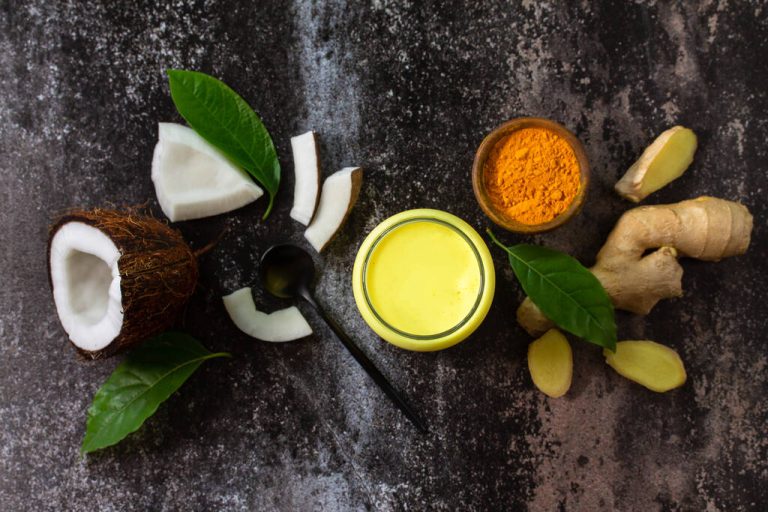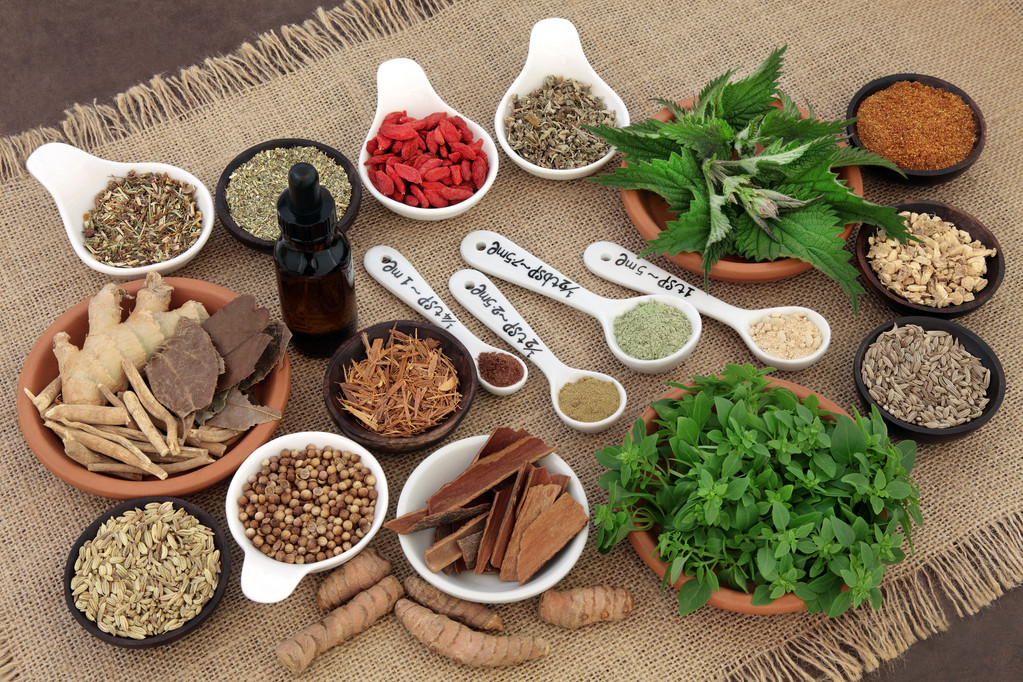Heating without heating? That can work. How to make yourself warm and comfortable, how to save money and energy.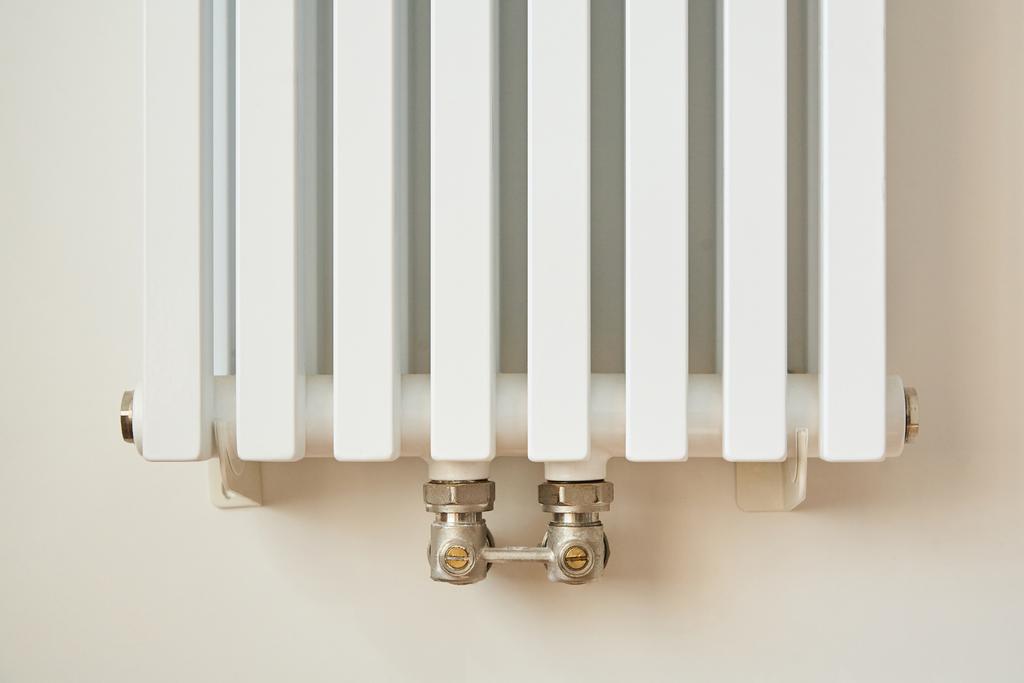
1. Leave the oven open: If you’ve had a cake or casserole in the oven, be sure to leave the oven door open after baking. The oven may be off, but the residual heat lingers on for a long time. It spreads pleasantly in the kitchen and warms everything up well. Make sure the oven is actually off, otherwise it’ll be an expensive treat.
2. Tiled stove or fireplace: A natural source of heat that you don’t need a heater for. However, there are a few things to consider here. The Federal Environment Agency advises in particular to buy a stove with a high energy efficiency class and, above all, to only burn dry and untreated wood. Get good advice beforehand, because burned wood can also be harmful to your health. Because wood never burns completely, but releases pollutant emissions during combustion. In addition, dust gets into the air and more than 90 percent of it is fine dust.
3. Candles: Candle temperatures can reach 1400 degrees Celsius on the surface of the yellow flame. This heat warms the surrounding air. The warm air rises and is distributed throughout the room. You can use this method for a short time in small rooms and short corridors. It only increases the temperature by about two degrees. For this reason, this is absolutely not a permanent solution and above all you should always keep an eye on the burning candles.
4. Seal windows and doors: If you have leaky windows and doors, this can lead to a lot of heat loss and the drafts also make the rooms feel colder. To check the seals, pinch a piece of paper between the window frame and the sash. If the paper cannot be pulled out again when the window is closed, the window is tight at this point. So replace your seals, look for door slits on apartment doors and thus ensure more warmth in the rooms.
5. Radiant heater: This solution should only be used for a short time. Although a radiant heater heats up the surrounding air quickly, many models are expensive. Here, too, good advice is necessary due to sustainability.

6. Warm clothes: A classic that brings a lot. Many heat unnecessarily much, although somewhat warmer clothing would be sufficient. If you don’t necessarily have to walk around the apartment in a T-shirt in autumn and spring, you can save on the heating with a cardigan, a scarf or even warm slippers. Do you work in the home office? Then make yourself really warm here. Lay out a blanket and prepare a warm spelled pillow for your legs. Keep your feet warm and drink a stimulating ginger tea from time to time. You will see that you can do without heating for a long time, especially in the transition months.
7. Fan heater: the absolute emergency solution. If there is no other way and the heating has failed, fan heaters warm up incredibly quickly, but not very ecologically. The small models are not expensive, but due to their enormous energy consumption they are anything but sustainable. The power guzzlers should therefore definitely be operated with green electricity.
8. This last point is more of an indirect tip. Heat sustainably and specifically, then you generally save more heating costs! Use adjustable thermostats, ventilate properly and regularly and ensure good thermal insulation. If you use these tips, follow the instructions for heating and get well informed, you will definitely not freeze.

